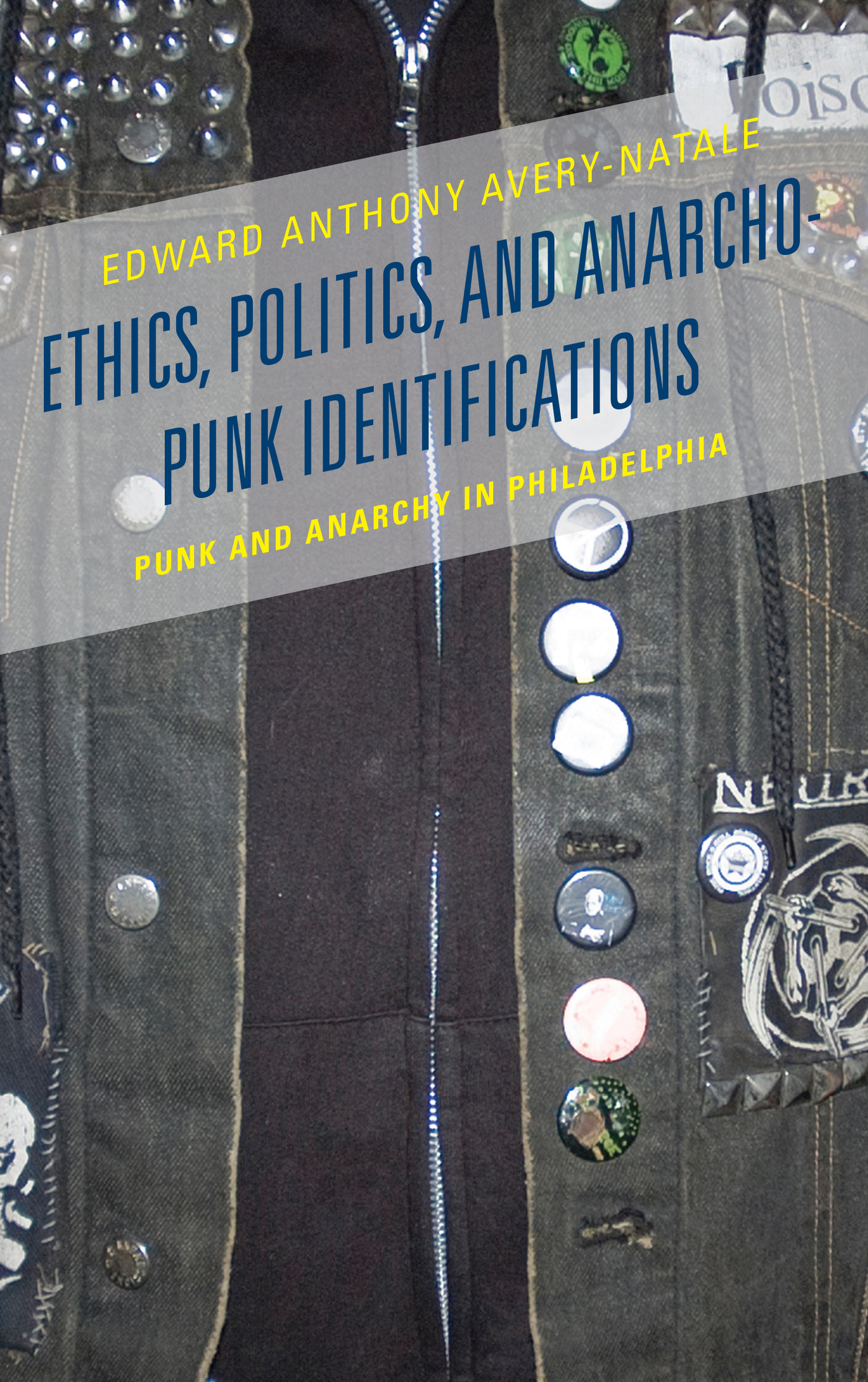Ethics, Politics, and
Anarcho-Punk Identifications
Ethics, Politics, and
Anarcho-Punk Identifications
Punk and Anarchy in Philadelphia
Edward A. Avery-Natale
LEXINGTON BOOKS
Lanham Boulder New York London
Published by Lexington Books
An imprint of The Rowman & Littlefield Publishing Group, Inc.
4501 Forbes Boulevard, Suite 200, Lanham, Maryland 20706
www.rowman.com
Unit A, Whitacre Mews, 26-34 Stannary Street, London SE11 4AB
Copyright 2016 by Lexington Books
All rights reserved. No part of this book may be reproduced in any form or by any electronic or mechanical means, including information storage and retrieval systems, without written permission from the publisher, except by a reviewer who may quote passages in a review.
British Library Cataloguing in Publication Information Available
Library of Congress Cataloging-in-Publication Data
Names: Avery-Natale, Edward Anthony, author.
Title: Ethics, politics, and anarcho-punk identifications : punk and anarchy in Philadelphia / Edward Anthony Avery-Natale.
Description: Lanham : Lexington Books, 2016. | Includes bibliographical references and index.
Identifiers: LCCN 2015047642 (print) | LCCN 2016004113 (ebook) | ISBN 9781498519984 (cloth : alk. paper) | ISBN 9781498519991 (Electronic)
Subjects: LCSH: Punk culture--Pennsylvania--Philadelphia. | Subculture--Pennsylvania--Philadelphia. | Anarchism--Pennsylvania--Philadelphia. | Youth--Pennsylvania--Philadelphia. | Group identity--Pennsylvania--Philadelphia.
Classification: LCC HM646 .A84 2016 (print) | LCC HM646 (ebook) | DDC 306/.10974811--dc23
 TM The paper used in this publication meets the minimum requirements of American National Standard for Information Sciences Permanence of Paper for Printed Library Materials, ANSI/NISO Z39.48-1992.
TM The paper used in this publication meets the minimum requirements of American National Standard for Information Sciences Permanence of Paper for Printed Library Materials, ANSI/NISO Z39.48-1992.
Printed in the United States of America
Acknowledgments
First, I would like to thank Pablo Vila for his support and advice during this project and throughout my time at Temple University. Second, I would like to thank Kerrie for her emotional (and financial) support throughout this process. I would also like to thank Colin Smith for introducing me to punk rock when I was fifteen years old; without that event, this book would never have come to be. I would also like to thank Karen Kirchhoff for the inclusion of several images in this text. Karen Kirchhoff is an ally photographer living and working in Philadelphia. She has been involved in punk and social activism for over twenty years. Photos by Karen Kirchhoff are from Joseph A. Gervasis LOUD! FAST! PHILLY! punk aural history project (www.LoudFastPhilly.com). Finally, I want to express my deepest gratitude to the West Philly punk scene, without which I would not be the person I am today and this book could never have been written.
Prologue
A Personal Narrative:
Punk Rock Saved My Life
At fourteen years old, I began listening to the band Rage Against The Machine (RATM). At the time, RATM was a popular band, combining hard rock and rap with political messages, and their music was frequently played on rock and roll radio stations I listened to in the suburbs of Philadelphia. Ultimately, it was RATM that introduced me to politics through their music. At the age of fifteen, I ordered a Free Mumia T-shirt from the bands website (I still own the shirt). At the time I placed the order, I had no idea that the shirt was actually from a benefit concert that RATM had played to raise money for Mumia Abu Jamals defense. Because it had been from a benefit concert, on the back was listed other bands that had played the benefit. One of these bands was Bad Religion.
This was the late 1990s and Napster, the early music-downloading program, had only been around for a short time but was gaining in popularity. One Saturday night after receiving my Free Mumia T-shirt in the mail, I sat in front of my parents computer and used Napster to download music by this formerly unknown to me band, Bad Religion. I cannot emphasize enough that hearing Bad Religion for the first time completely changed my life. In retrospect, I know now that this was not the first time I had heard a punk rock band. In middle school I had fallen in love with Green Day and The Offspring, and at thirteen I had discovered the band Refused via a late night broadcast of one of their music videos on MTV. However, at those times, no one had given this music a label for me and I did not have regular enough access to the Internet to find out that this thing was called punk. While I knew that punk rock was something that existed, it was not until Bad Religion that the label punk appeared to me tied to a music that spoke to me in a way that almost nothing ever had before.
The following Monday, I went to school and, while eating lunch in the cafeteria, spoke with Colin Smith, one of the few people I knew who were punks. Unlike many American suburban high schools, Springfield High School did not at the time have an active group of punks, and there were only a couple punks in my school. Several of them were friends of mine, as without an active subcultural milieu in the school, all the outcasts (goths, punks, nerds, etc.) tended to cling together. I told Colin that I had heard a band called Bad Religion, I knew they were punk, and that I wanted to hear more.
The next day he showed up with something that for many punks growing up before the omnipresence of music downloading was central to the development of a punk rock identification: my first mix tape. Colin had titled it, The Over-Coveted and Over-Zealous Mix Tape, which I still own. Mix tapes were a way that music was shared among punks before we could download music so easily (even downloading those first few Bad Religion songs took hours in the days before high-speed Internet connections and torrents); mix-tapes would include various songs from mostly underground bands that the maker of the tape found to be important. I listened to that tape constantly and fell in love with bands like Operation Cliff Claven, Discount, Propagandhi, I Spy, SNFU, A//Political, Violent Society, The Dead Milkmen, and more. The forty songs Colin included expressed a great many points of view and emotions; they were political, funny, angry, frustrated, depressed, happy. They were everything that I was looking for. From that moment on, I was a punk and my life would never be the same. Where I live, what I eat, what clothes I wear, what music I listen to, some of who I am friends with, what I read, what I write, what I think, the politics and movements I engage in... punk has been central to the development of all this in my life. In this way, I fit what in the Entrance Narratives chapter of this book I call the Punk made me what I am narrative structure.
In retrospect, I believe that I found in punk something that I desperately wanted. It would be fair to say that throughout much of my youth I was not very popular. Like many kids who are overweight (I did not thin out until after I hit puberty, went vegetarian, and joined the track team), do well in school, and do not wear the cool clothes, I was bullied fairly frequently throughout my childhood. I used to have a very strange fantasy as a child: all the cool kids would gather in some secret club and they would make decisions about who to pick on and who would get to be popular. Even though I did not like the popular kids very much, I still wanted to be let into this imaginary club. I think that when I discovered punk, my childhood self, consciously or not, also discovered that clubs other side. It was an underground place that was beyond cool; it was a place where it was acceptable, maybe even cool, to
Next page
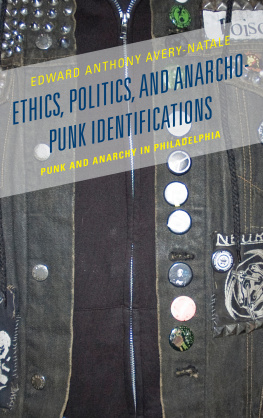

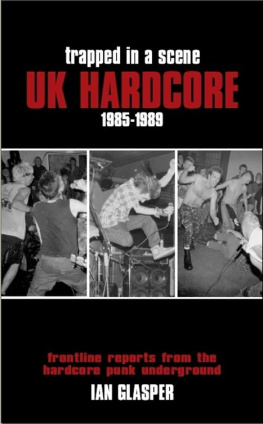

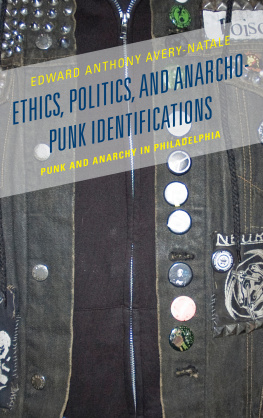

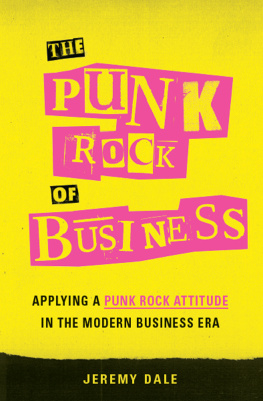
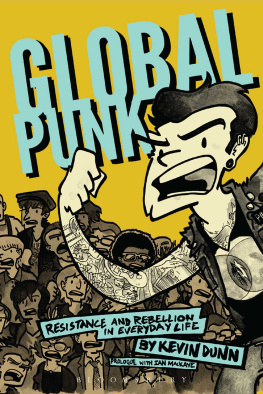
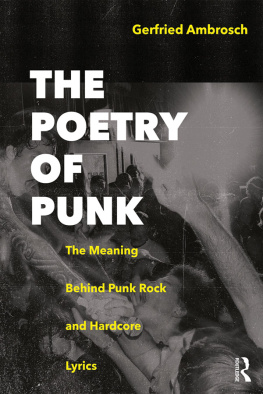
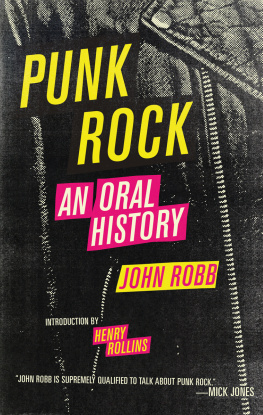
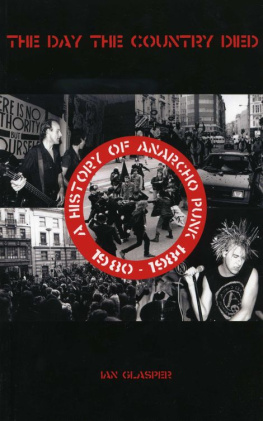
 TM The paper used in this publication meets the minimum requirements of American National Standard for Information Sciences Permanence of Paper for Printed Library Materials, ANSI/NISO Z39.48-1992.
TM The paper used in this publication meets the minimum requirements of American National Standard for Information Sciences Permanence of Paper for Printed Library Materials, ANSI/NISO Z39.48-1992.